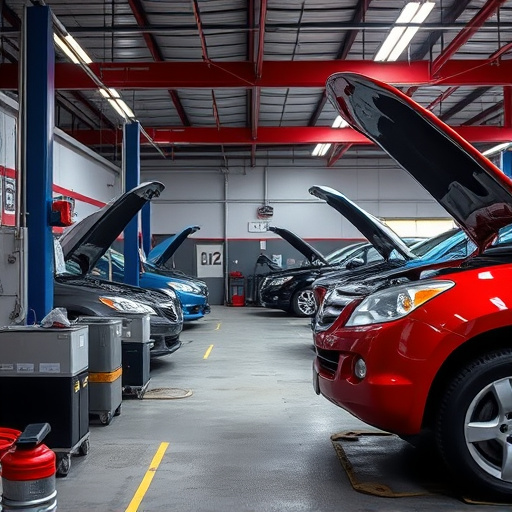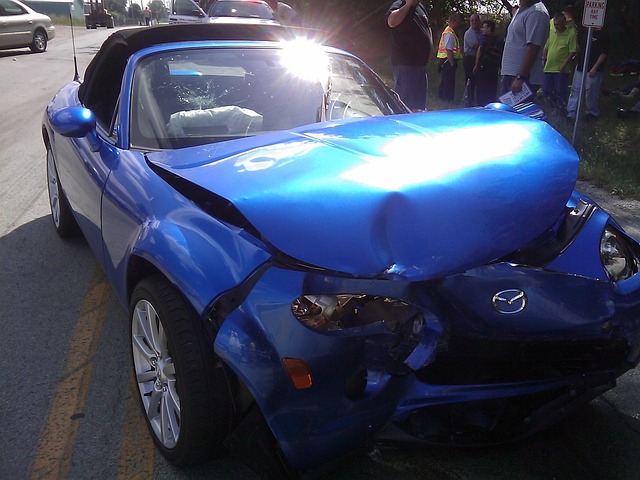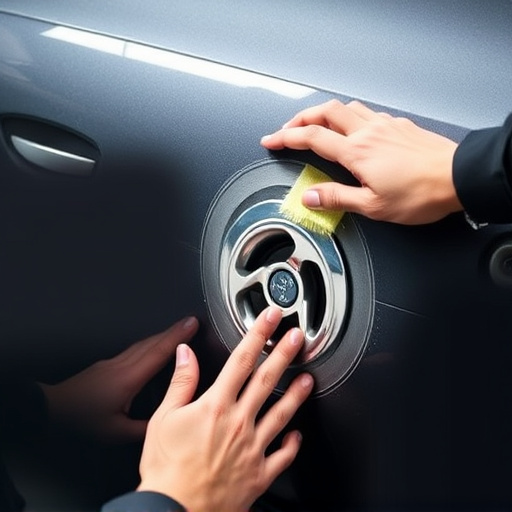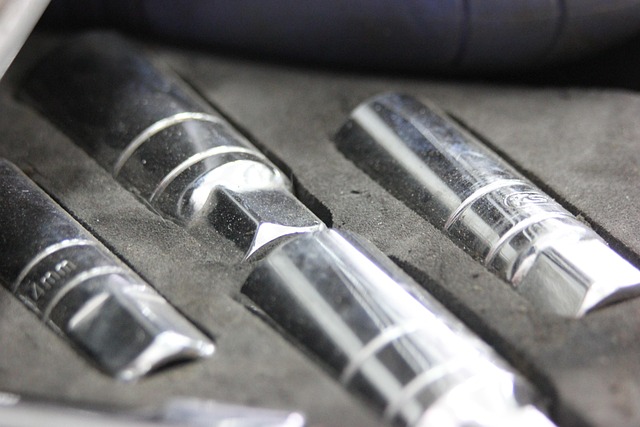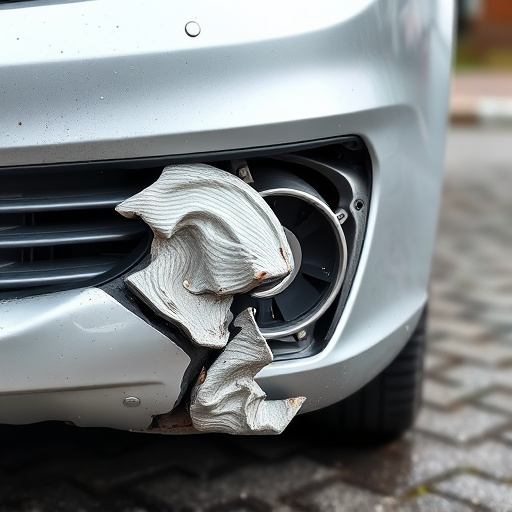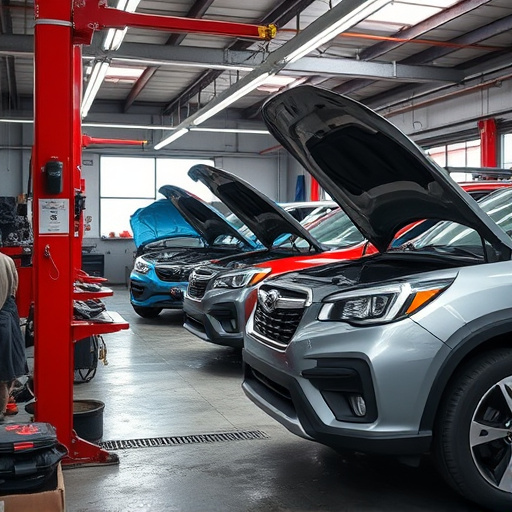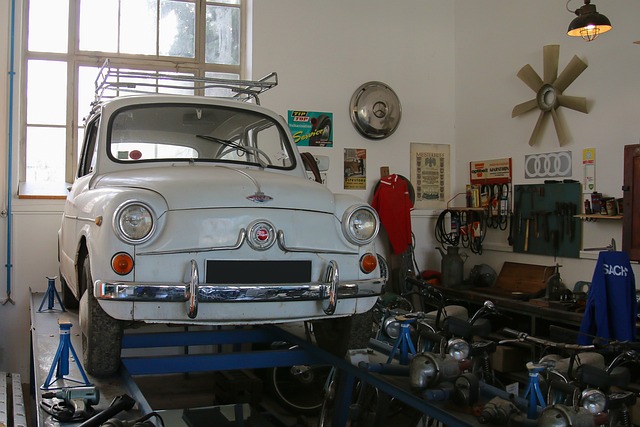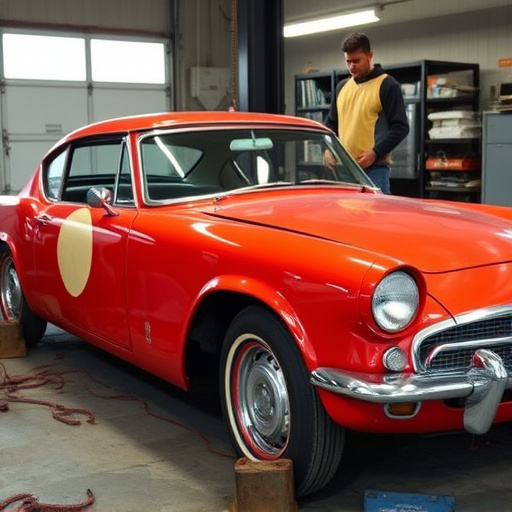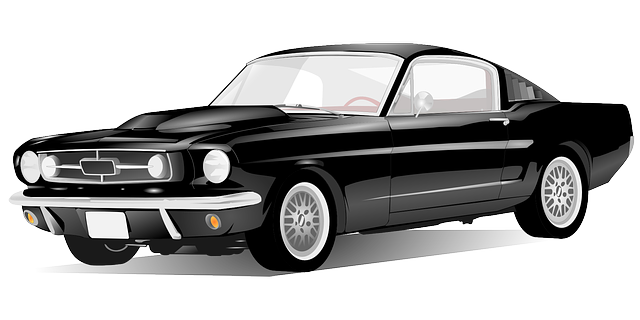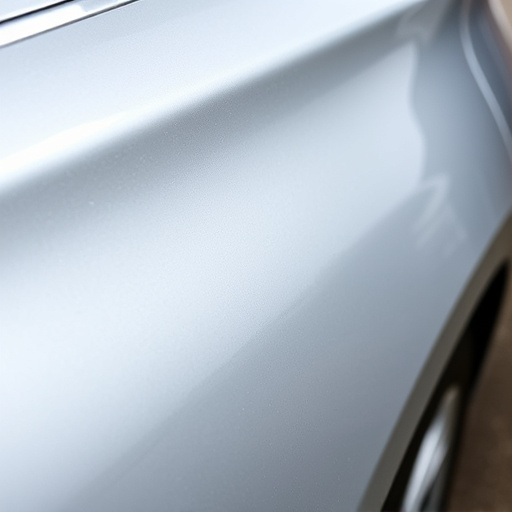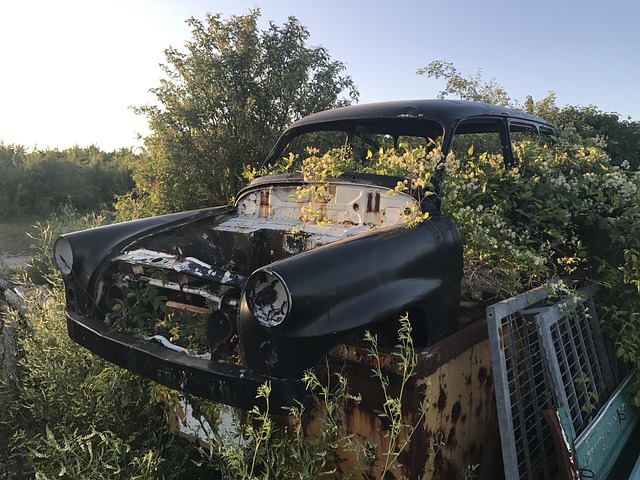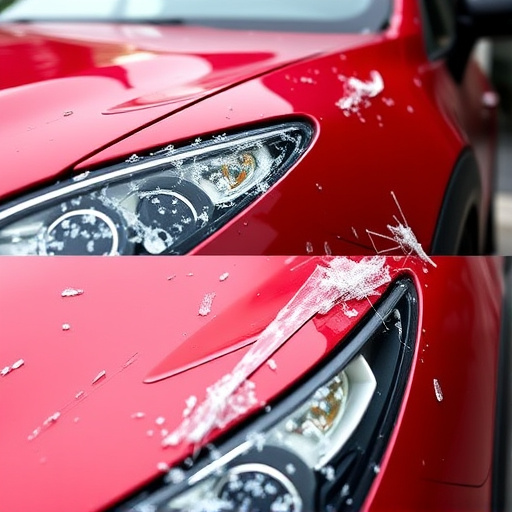PDR technicians use specialized tools and skills to repair dents without damaging paint, preserving vehicle value, especially for luxury cars. They assess damage, prepare surfaces, manipulate dents, and adjust panel positions to restore car bodies and finishes, offering a fast, eco-friendly solution favored by automotive professionals and consumers alike.
Discover how a PDR technician ensures your vehicle’s original paint remains untouched. In today’s world, protecting your car’s finish is paramount. Paintless dent repair (PDR) offers a non-invasive solution, preserving the integrity of your paintwork. This article delves into the art and science behind PDR, highlighting the crucial role these technicians play in keeping your vehicle’s exterior looking like new. From understanding the technique to exploring the step-by-step process, you’ll uncover why PDR technicians are experts in safeguarding your paint.
- Understanding PDR: A Non-Invasive Paint Restoration Technique
- The Role of PDR Technician in Preserving Original Paint
- Step-by-Step: How a PDR Technician Protects Your Paintwork
Understanding PDR: A Non-Invasive Paint Restoration Technique
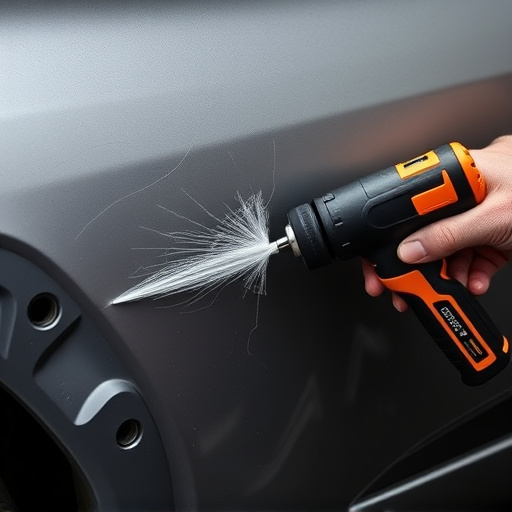
Paintless dent repair (PDR) is a revolutionary non-invasive technique that has transformed the way we restore vehicles to their original condition. A PDR technician uses specialized tools and advanced skills to remove dents, scratches, and dings from a car’s paintwork without disturbing or removing any of the factory-applied paint. This method is particularly effective for repairing minor damage, such as hail damage repair, which can leave numerous tiny dents across a vehicle’s body.
Unlike traditional dent repair methods that often involve cutting, welding, or painting, PDR technicians use various hand tools and air-powered devices to gently push and pull the affected area back into its original shape. This not only ensures a seamless finish but also preserves the vehicle’s resale value, making it an excellent choice for luxury vehicle repair. The process is fast, efficient, and environmentally friendly, making PDR a preferred method for car dent repair among both consumers and professionals in the automotive industry.
The Role of PDR Technician in Preserving Original Paint
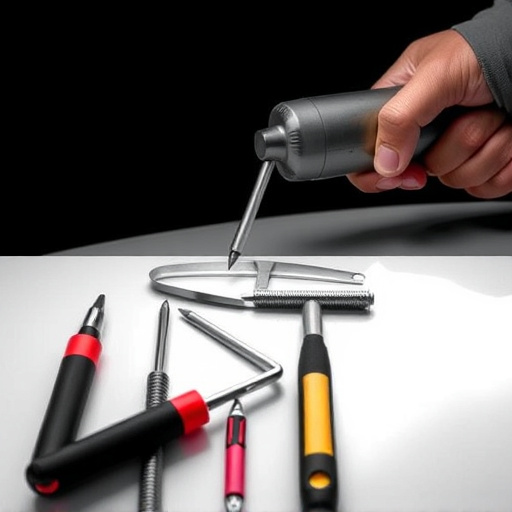
A PDR technician plays a pivotal role in preserving your car’s original paintwork, which is a critical aspect of vehicle maintenance and aesthetics. They are experts in the art of Paintless Dent Repair (PDR), a technique that avoids repainting by gently pressing and smoothing out dents and scratches from the surface of the car body. This method not only saves time and money but also ensures the integrity of the original paint, maintaining its glossy finish and protecting it from further damage.
In an automotive body shop, these technicians employ specialized tools and a keen eye for detail to perform intricate repairs on car bodywork. By expertly handling vehicle dent repair, they can restore your car’s pre-accident condition, enhancing its overall appearance and resale value. Their meticulous work ensures that the original paint remains unharmed, preserving its beauty and ensuring the vehicle retains its unique finish.
Step-by-Step: How a PDR Technician Protects Your Paintwork
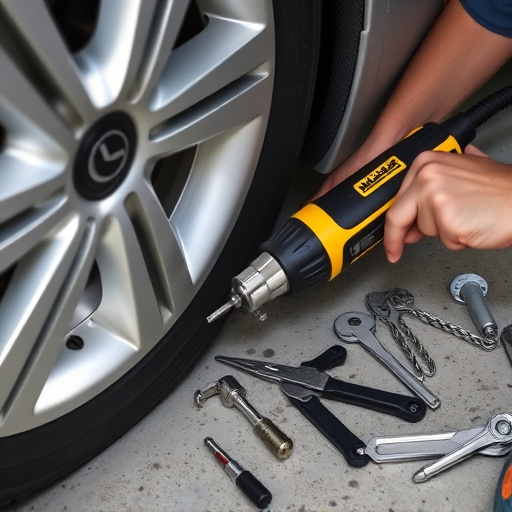
A PDR technician, or Paintless Dent Repair specialist, is an expert in their field who employs advanced techniques to restore your car’s paintwork to its original condition, without the need for traditional auto body repairs. Here’s a step-by-step breakdown of how they achieve this:
1. Assess the Damage: The technician begins by carefully examining the dent or damage on your vehicle. They use specialized tools and their expertise to determine the extent of the damage and whether PDR is the most suitable method for repair. This initial assessment ensures that only authorized techniques are used, protecting your car from further damage.
2. Prepare the Surface: Once the technician confirms PDR is appropriate, they prepare the surface around the dent. This involves cleaning the area thoroughly to eliminate any debris or contaminants that could impede the repair process. A decontaminated and clean surface ensures the best results and protects your paint from any potential irritation during the repair.
3. Use Specialized Tools: PDR technicians utilize a range of advanced tools, including hand tools and air-driven devices, to gently work the dent out without damaging the surrounding paint. These tools allow for precise manipulation, enabling the technician to restore the car’s panel to its original shape while preserving the integrity of the paint.
4. Heat Application (if required): Depending on the type and severity of the dent, heat may be applied to facilitate the repair process. This is done using thermal guns or other heating devices, which help to activate the metal beneath the paint, making it more pliable for adjustment.
5. Adjust and Smooth: With careful manipulation, the technician adjusts the panel back to its original position, smoothing any remaining imperfections with specialized tools. The goal is to restore the car’s exterior to its pre-damage condition, ensuring a seamless finish that blends perfectly with the surrounding paintwork.
6. Final Inspection: After completing the repair, the PDR technician conducts a thorough inspection to ensure the work meets the highest standards. They check for any visible signs of damage or unevenness, making adjustments as needed until the paintwork is flawless.
A PDR technician plays a vital role in preserving your vehicle’s original paintwork, employing the non-invasive technique of Paint Damage Repair (PDR). By skillfully using specialized tools and techniques, these professionals can restore dents and scratches, maintaining the integrity and value of your paint. Through meticulous steps that include assessing damage, using air pressure to remove dents, and polishing the surface, a PDR technician ensures your car’s exterior looks as good as new, all while protecting its original finish.
